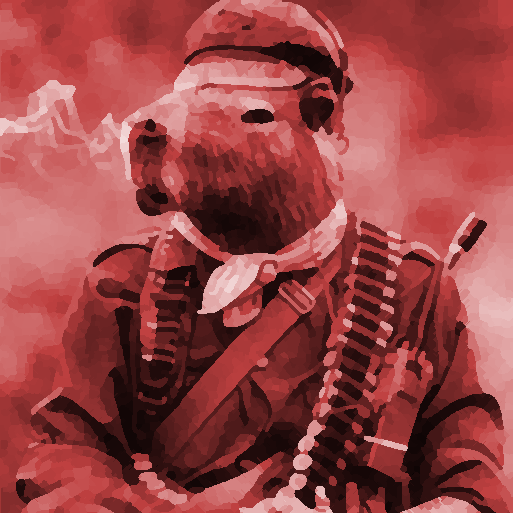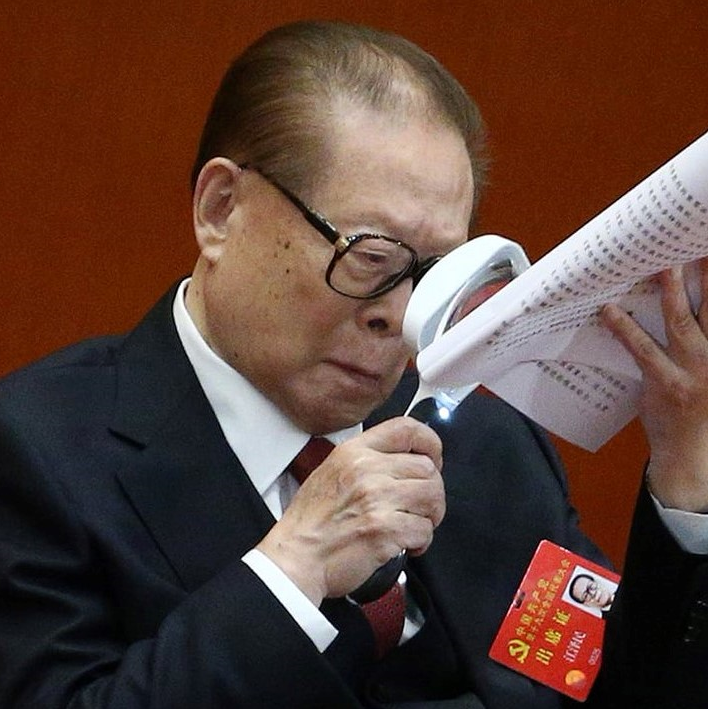This time we’re reading chapters 4 and 5 of Capital Volume 1. Participation welcome at any time, not just on the weekend of week 10, either in this thread or in our Matrix room (see this post for instructions on how to join)
You must log in or register to comment.
Some questions for chapter 4:
- What caused the first capital to come into existence (i.e. before capitalism)?
- Aside from the material content (exchange of UVs), what is the ultimate product of commodity circulation?
- In what form does capital originate, historically and for new types of capital?
- What are M-C-M and M-C-M’?
- What is the ultimate object of C-M-C and M-C-M, respectively?
- What is the function of M and C in C-M-C and M-C-M, respectively?
- What is the “valorization of value”?
- What is required for M to be valorized in M-C-M’?
- Why must capitalists return money to circulation (as opposed to hoarding it)?
- What is the formula for interest-bearing capital?
Some questions for chapter 5:
- In C-C, what does either party gain/lose in terms of use-value and value, respectively? What about C-M-C?
- If all commodities are sold at N percent above their value, will surplus value be created, in an individual transaction or in general? Why or why not?
- If some commodities are sold above their value, will surplus value be created, in an individual transaction or in general? Why or why not?

